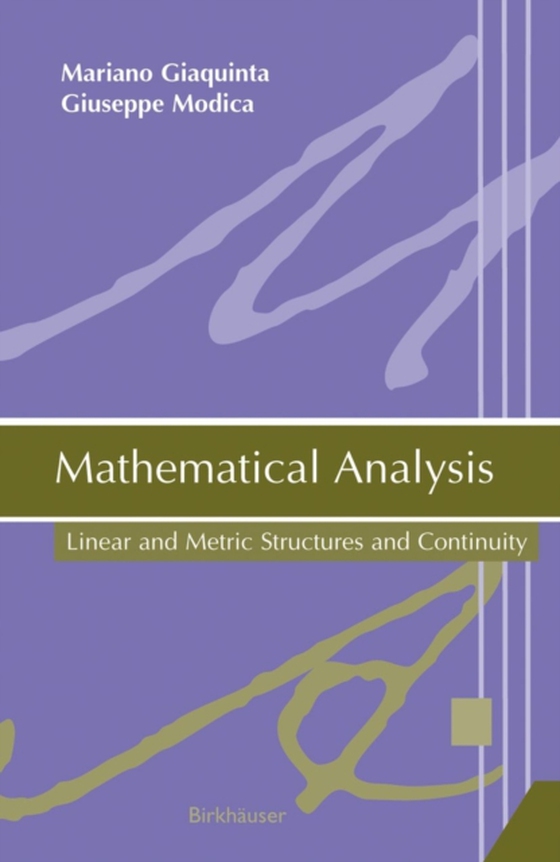
Mathematical Analysis e-bog
774,44 DKK
(ekskl. moms 619,55 DKK)
One of the fundamental ideas of mathematical analysis is the notion of a function; we use it to describe and study relationships among variable quantities in a system and transformations of a system. We have already discussed real functions of one real variable and a few examples of functions of several variables but there are many more examples of functions that the real world, physics, natura...
E-bog
774,44 DKK
Forlag
Birkhauser
Udgivet
8 oktober 2007
Genrer
PBK
Sprog
English
Format
pdf
Beskyttelse
LCP
ISBN
9780817645144
One of the fundamental ideas of mathematical analysis is the notion of a function; we use it to describe and study relationships among variable quantities in a system and transformations of a system. We have already discussed real functions of one real variable and a few examples of functions of several variables but there are many more examples of functions that the real world, physics, natural and social sciences, and mathematics have to offer: (a) not only do we associate numbers and points to points, but we as- ciate numbers or vectors to vectors, (b) in the calculus of variations and in mechanics one associates an - ergy or action to each curve y(t) connecting two points (a, y(a)) and (b,y(b)): b Lea ~(y) - / 9 F(t, y(t), y' (t))dt t. J a in terms of the so-called Lagrangian F(t, y, p), (c) in the theory of integral equations one maps a function into a new function b /1, d-r / o. J a by means of a kernel K(s, T), (d) in the theory of differential equations one considers transformations of a function x(t) into the new function t t f f( a where f(s, y) is given. 1 in M. Giaquinta, G. Modica, Mathematical Analysis. Functions of One Va- able, Birkh~user, Boston, 2003, which we shall refer to as [GM1] and in M. G- quinta, G. Modica, Mathematical Analysis. Approximation and Discrete Processes, Birkhs Boston, 2004, which we shall refer to as [GM2].
 Dansk
Dansk

